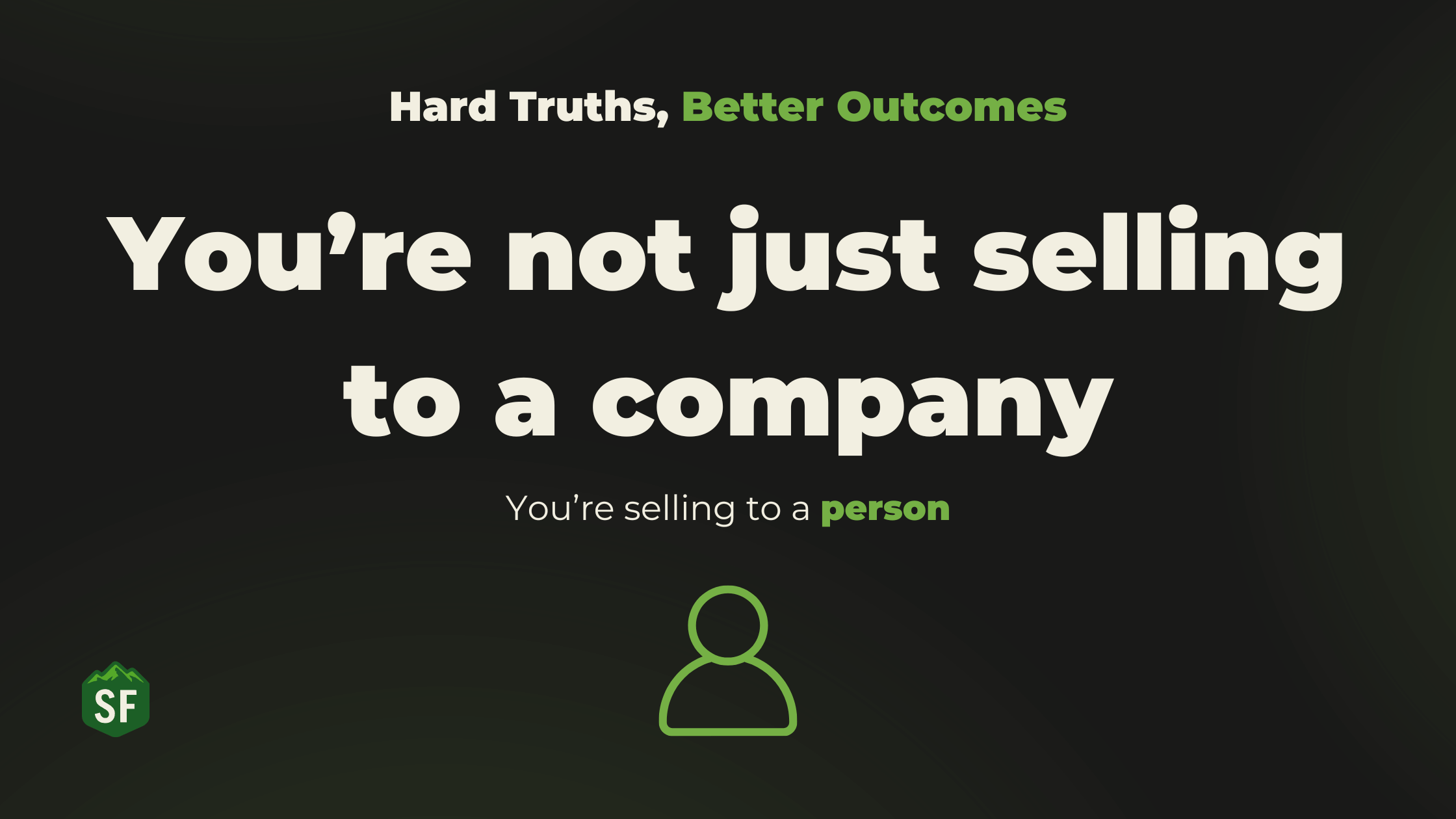Why B2C Thinking Belongs in B2B Marketing and How to Strike the Right Emotional Chord
B2B marketers love to say their buyers are rational. They cite ROI, performance metrics, and procurement criteria as if emotion has no seat at the table. But here’s the hard truth: every “company” you sell to is made up of people, and people don’t make decisions without emotion.
Behind every purchasing decision is a person weighing risk, trust, and reputation. They’re asking: Will this make me look good to my team? Can I trust these people? Will this choice make my work easier?
Those aren’t rational questions. They’re human ones.
The Myth of the Rational Buyer
The B2B world has spent decades separating logic from emotion. Marketing decks overflow with specs, features, and savings percentages while forgetting that the decision-maker is human first, professional second.
Studies from Google and Gartner show that B2B buyers are actually more emotionally connected to the brands they purchase from than B2C consumers. The stakes are higher. The risks are personal. The outcomes are tied to careers, not just convenience.
When a plant manager chooses a new automation system or a CEO selects a marketing partner, they’re not only investing company dollars, they’re staking their credibility. That’s emotional.
What B2C Gets Right
B2C marketers have mastered the art of connection. They tell stories, use emotion to build loyalty, and focus on how their brand makes people feel.
That emotional resonance is what’s often missing in B2B. The best-performing industrial or technology brands aren’t just showing performance charts. They’re showing people: operators finding pride in their work, engineers solving problems that matter, teams celebrating wins together.
Emotion doesn’t replace logic. It gives logic context.
Bringing Humanity Back to B2B
So how do you bring B2C-style connection into a B2B environment without losing credibility?
- Start with empathy. Understand what’s at stake for your buyer personally. Maybe it’s reducing stress, building confidence, or earning recognition for innovation. Speak to that, not just their KPIs.
- Tell stories, not specs. Case studies should feel like human journeys, not spreadsheets. Focus on transformation and what changed for the people involved.
- Show faces. Humans connect with humans. Put your customers, engineers, and frontline workers at the center of your visuals and language.
- Write like you talk. Conversational tone builds trust faster than jargon. People buy from people who sound real.
- Lead with purpose. Buyers gravitate toward brands that stand for something bigger than revenue. Make your “why” clear, and they’ll want to be part of it.
The Payoff of Emotional Marketing
When B2B companies connect emotionally, the results compound. Emotional engagement drives longer relationships, greater loyalty, and higher margins.
A buyer who feels understood doesn’t just renew a contract, they become an advocate.
In a market where AI-generated noise grows louder by the day, empathy has become a competitive advantage. Authentic storytelling and emotion-driven strategy are how B2B brands will stand out in the years ahead.
The Human Equation
At Speak Friend, we’ve seen it firsthand. Whether working with industrial manufacturers or tech startups, the breakthrough always happens when a brand stops trying to sound “corporate” and starts speaking like a person.
Because in every inbox, on every call, and across every LinkedIn feed, it’s not companies talking to companies. It’s people talking to people.
And that’s where trust begins.
Hard truth: Emotion isn’t a weakness in B2B marketing. It’s the secret strength.
Lead with empathy. Back it with data. And remember, the most powerful marketing is human.






